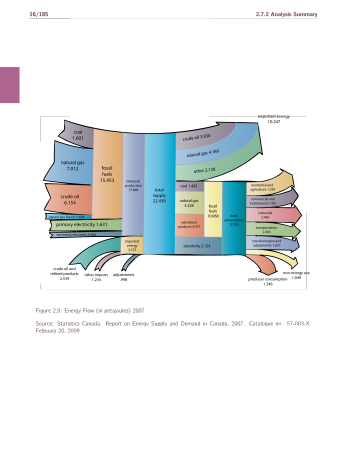The year is off to a rapidfire start.
As part of the PhD, I need to do a second core seminar this year. I have chosen to take public policy because it accords well with my interests and experience, and apparently has a less onerous reading load than either comparative politics or international relations. I have been advised against taking courses with excessive reading requirements, given the need to re-take my Canadian politics comp in December.
PhD students are expected to take two courses in each term, so I am also taking an environmental politics and policy course. In addition, I am working as a teaching assistant for a course in U.S. government and politics, with three seminars back to back on Thursdays.
At our termly general meeting on the 25th, I will not be running for re-election to the executive of Toronto350.org. Nevertheless, I have some obligations to discharge with them, including two on-campus workshops on divestment and the October 15th film screening (free tickets still available).
In the background at all times, I should be thinking about and preparing for my re-comp in December. I find that I have already forgotten a lot of what I crammed for it the first time. When I re-take it, I will need to demonstrate both a comprehensive knowledge of the literature and an ability to formulate complex and convincing arguments. Toward the latter objective, I should be building up a database of convincing (and conventional, I’ve been warned off controversy) answers to recent comp questions.


